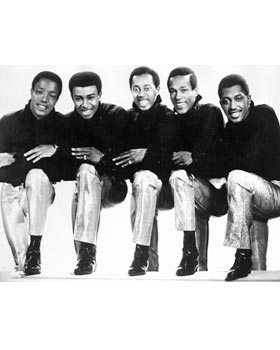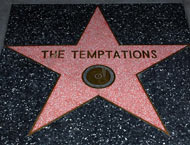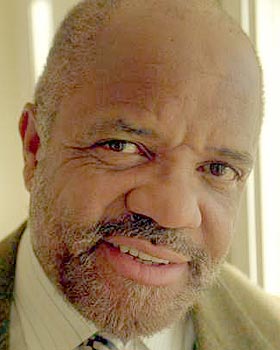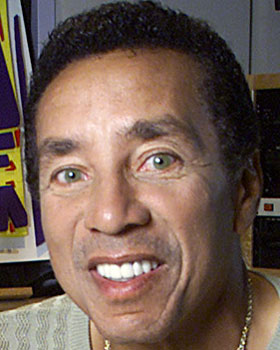The Temptations
Smokey Robinson may have been the finest songwriter. The Jackson 5 might have had the catchiest songs. Marvin Gaye may have had the most soul and Diana Ross & The Supremes might have been the most universally adored, but no Motown group had as much groove at the Temptations.
With their roots in doo-wop and gospel, the Temptations had a variety of incarnations before their classic run under the aegis of producer Norman Whitfield. Originally comprised of two separate groups, the Primes and the Distants, the latter outfit scored a minor regional hit with “Come On,” leading to chafing with its original label, Northern Records. Claiming they never saw proper record royalties, the group extricated themselves from their original deal, added Eddie Kendricks and Paul Williams of the Primes, and formed a new group called the Elgins. Impressing Berry Gordy with their prodigious talent, he renamed them the Temptations and brought them into the Motown fold in 1961.
Unlike most of the music emanating from Hitsville U.S.A., the Temptations’ early singles failed to chart, despite Gordy bringing in Smokey Robinson to produce the group’s 1963 single, “I Want a Love I Can See.” The commercial failures led to the group being unofficially christened, “The Hitless Temptations.” Things changed when Mississippi-bred David Ruffin replaced Elbridge Bryant. Soon after, “The Way You Do The Things You Do,” a 1964 single cowritten and coproduced by Robinson, became the first Temptations single to crack the Top 20.
But their ascent really began at the end of 1964, when “My Girl” went straight to No. 1, ushering in an era of commercial dominance that lasted for the remainder of the decade. Their ensuing three singles, “It’s Growing,” “Lost My Baby” and “My Baby,” all landed in the Top 20.
A new epoch for the group began in 1966, when Norman Whitfield replaced Robinson as the group’s main producer. Noting the ruthless groove and horn-heavy sound sweeping R&B, Whitfield moved the group toward a more rocking sound, which brought in droves of new fans and caused friction within the group. David Ruffin was replaced by new lead singer Dennis Edwards, which resulted in a tumultuous period characterized by Ruffin appearing at shows and taking the stage to sing lead vocals on his old songs.
Toward the end of 1968, Whitfield led the Temptations to psychedelic pastures, culminating with the dazzling “Cloud Nine” and “Psychedelic Shack,” which found the group putting its own spin on Sly and the Family Stone’s funk.
Though the group’s golden years dovetailed with the 1960s, they managed to stay relevant through the next decade, dropping the seminal 1972 single, “Papa Was a Rolling Stone,” which reached No. 1 on the charts. One of the few classic Motown groups to stay active throughout the duration of a 40-year career, they continue to tour and record, with Otis Williams as the lone surviving member of the original group.
Related stars
|
|




Share a thought about The Temptations